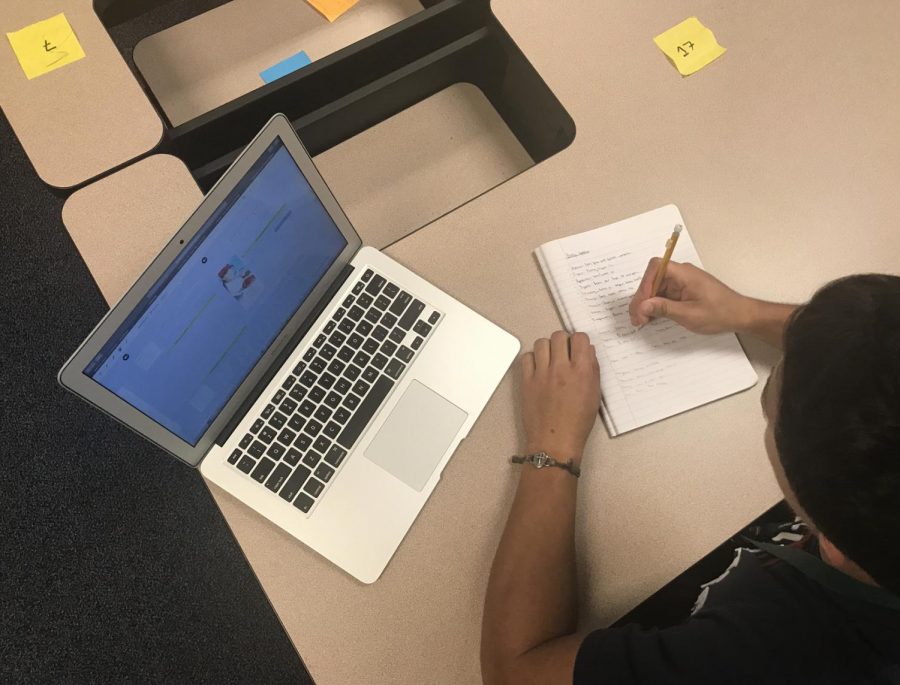The Case for Textbooks
October 1, 2019
Textbooks are becoming obsolete.
With a heavier reliance on technology-based learning, the old-school textbooks aren’t as necessary as they have been in previous years. Few courses mandatorily assign students textbooks, while the majority of core-subject classes (math, reading, sciences etc) post online resources with an option of physical textbooks.
However, you can’t ignore the appeal physical textbooks have to many students. Without the need for a WIFI connection or a charged device, physical books provide a hands-on (literally) learning experience.
We spend all day looking at screens. They provide a constant distraction from other outlets in our lives – like education.
When you get a notification, or maybe want to change the song you’re listening to, it’s very easy for one thing to lead to another, and soon you forget you were using your phone for homework. The mental focus just isn’t there when you’re looking at a screen.
On the other hand, putting up your phone and opening a physical textbook tells your mind what to focus on, the task at hand. By taking your attention away from a device, you’re able to work faster and more effectively on what’s assigned to you.
However, the growing dependence on digitalized learning makes it harder for students to get their hands on actual books. Classrooms such as Mrs. McFadden’s Precalculus and Mrs. Cunningham’s World History have posted reminders at the beginning of every school year instructing students to grab their textbook before they run out.
This shouldn’t be the case. Textbooks should be at least at capacity to support most if not all students who desire to have one. There shouldn’t be a limit, or even the possibility to deny students their accessibility to anything that may facilitate a student’s learning process.


